

Traditional Chinese sweet treats swept the screen with delicatessens and exquisite flavors in the recent popular documentary sequel A Bite of China III.
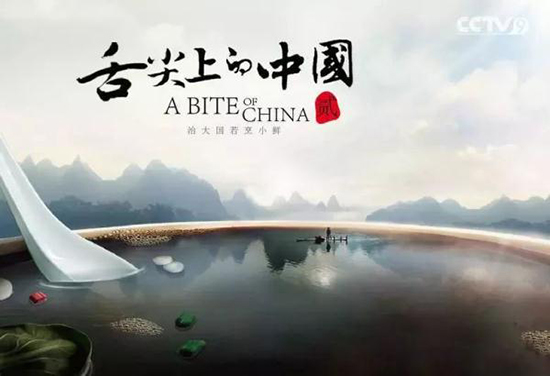
In China, pastries are usually related to some customs, folk tales or historical stories. For example, the Guifei pastry takes the shape of a round bright moon. It’s named after Yang Guifei, an imperial consort from the Tang Dynasty, as the seven red points on the crust strongly resemble the red marks printed between the beauty’s eyebrows.
Craftsmanship is also fully embodied in pastries as they take the shape of melon seeds and lotuses, especially the flour-made persimmons, jujubes, oranges and pears, which not only resemble real fruits but also taste quite like what they look like.

Chinese pastries come in all shapes, colors, sizes, tastes and meanings, ranging from the court style to the Cantonese style.
The sixth episode of the third season brought delights to audiences through its introduction of these indigenous sweet treats and the culture behind them. They are examples of “edible folklore” representative of the rich customs and traditions in China.
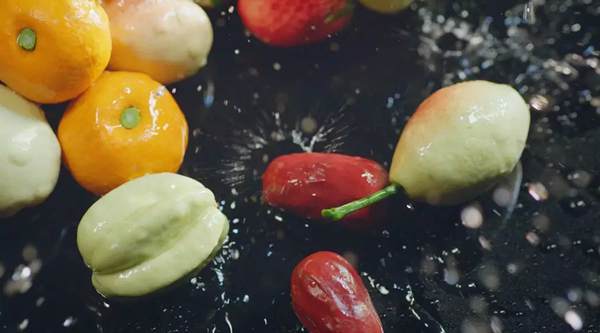
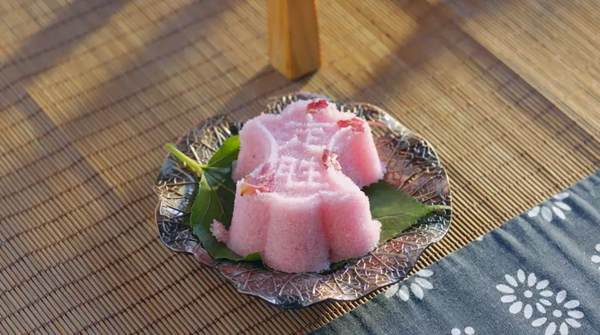
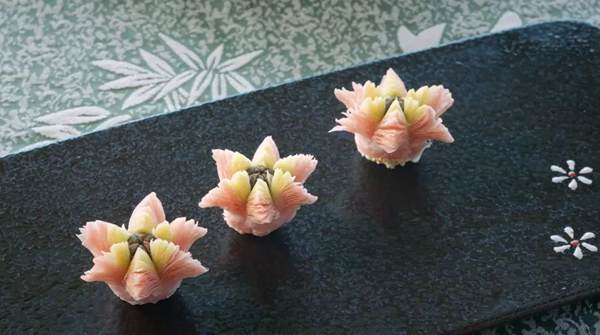
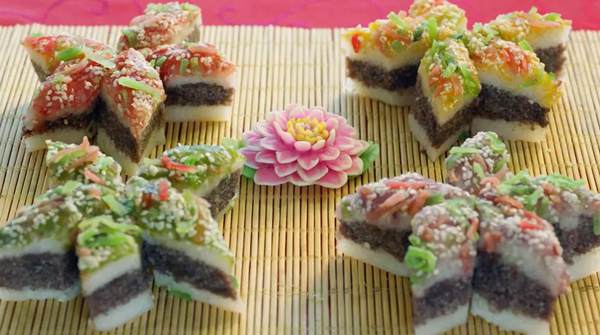
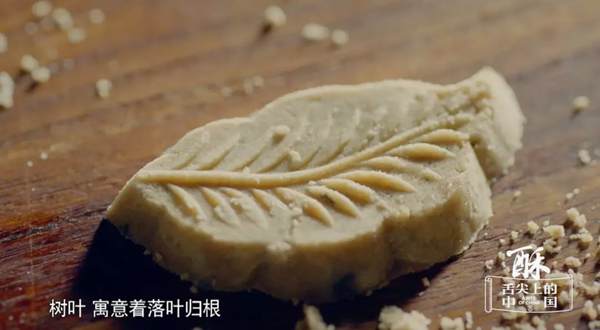
 Fire brigade in Shanghai holds group wedding
Fire brigade in Shanghai holds group wedding Tourists enjoy ice sculptures in Datan Town, north China
Tourists enjoy ice sculptures in Datan Town, north China Sunset scenery of Dayan Pagoda in Xi'an
Sunset scenery of Dayan Pagoda in Xi'an Tourists have fun at scenic spot in Nanlong Town, NW China
Tourists have fun at scenic spot in Nanlong Town, NW China Harbin attracts tourists by making best use of ice in winter
Harbin attracts tourists by making best use of ice in winter In pics: FIS Alpine Ski Women's World Cup Slalom
In pics: FIS Alpine Ski Women's World Cup Slalom Black-necked cranes rest at reservoir in Lhunzhub County, Lhasa
Black-necked cranes rest at reservoir in Lhunzhub County, Lhasa China's FAST telescope will be available to foreign scientists in April
China's FAST telescope will be available to foreign scientists in April "She power" plays indispensable role in poverty alleviation
"She power" plays indispensable role in poverty alleviation Top 10 world news events of People's Daily in 2020
Top 10 world news events of People's Daily in 2020 Top 10 China news events of People's Daily in 2020
Top 10 China news events of People's Daily in 2020 Top 10 media buzzwords of 2020
Top 10 media buzzwords of 2020 Year-ender:10 major tourism stories of 2020
Year-ender:10 major tourism stories of 2020 No interference in Venezuelan issues
No interference in Venezuelan issues
 Biz prepares for trade spat
Biz prepares for trade spat
 Broadcasting Continent
Broadcasting Continent Australia wins Chinese CEOs as US loses
Australia wins Chinese CEOs as US loses